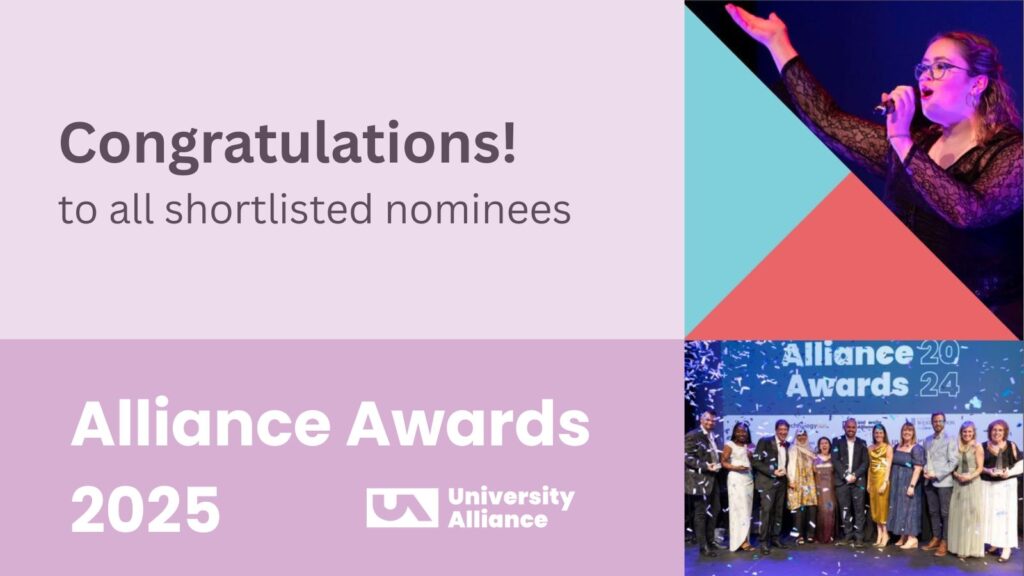 A partnership between Liverpool John Moores University (LJMU) and the World Health Organisation (WHO) is tackling the impact of violence, particularly on children and young people.
A partnership between Liverpool John Moores University (LJMU) and the World Health Organisation (WHO) is tackling the impact of violence, particularly on children and young people.
The Centre for Public Health at LJMU is a World Health Organization Collaborating Centre for Violence Prevention. It helps partners understand the burden and impacts of violence, identify at risk groups, choose appropriate preventive measures and evaluate the effectiveness of interventions.
It contributes to a growing body of research exploring the long term affects of adverse experiences during childhood (ACEs) such as abuse, neglect and dysfunctional home environments.
A national ACE study conducted by the Centre in 2013 found that almost half of the general population in England reported at least one ACE and over 8% reported four or more.
Following on from this, the Centre is now exploring the prevalence of adverse childhood experiences in local areas across England and their impact on morbidity and mortality in adulthood. This programme will contribute to our understanding of the issue and help support a shift towards investment in prevention and health improvement.
Also results from local and national studies are being used to develop a multi-agency Routine Enquiry into Childhood Experience (REACh) training programme, to increase service providers’ awareness of ACEs and encourage practitioners to embed routine enquiry into daily working practices.
The Collaborating Centre is also developing the evidence-base for violence and its prevention, to support practitioners and policy makers in developing a public health approach to violence prevention. In collaboration with the WHO and McMaster University, the team is developing an interactive, online resource that contains information and data from across the world on interpersonal violence called V-Info.
This information is often difficult to access, scattered across resources and challenging to interpret. V-Info will provide a single, comprehensive website that synthesises data and presents it in a visual and user friendly way to provide a more accurate understanding of violence.
Users will be able to explore data on a range of violence types (e.g. child maltreatment, youth violence, sexual violence, intimate partner violence, elder abuse) and across many different public health aspects, such as prevalence, risk factors, impacts, the effectiveness of evidence-based interventions. The resource will help support practitioners in making the case for investing in violence prevention and guiding policymakers with summaries of the evidence base.



